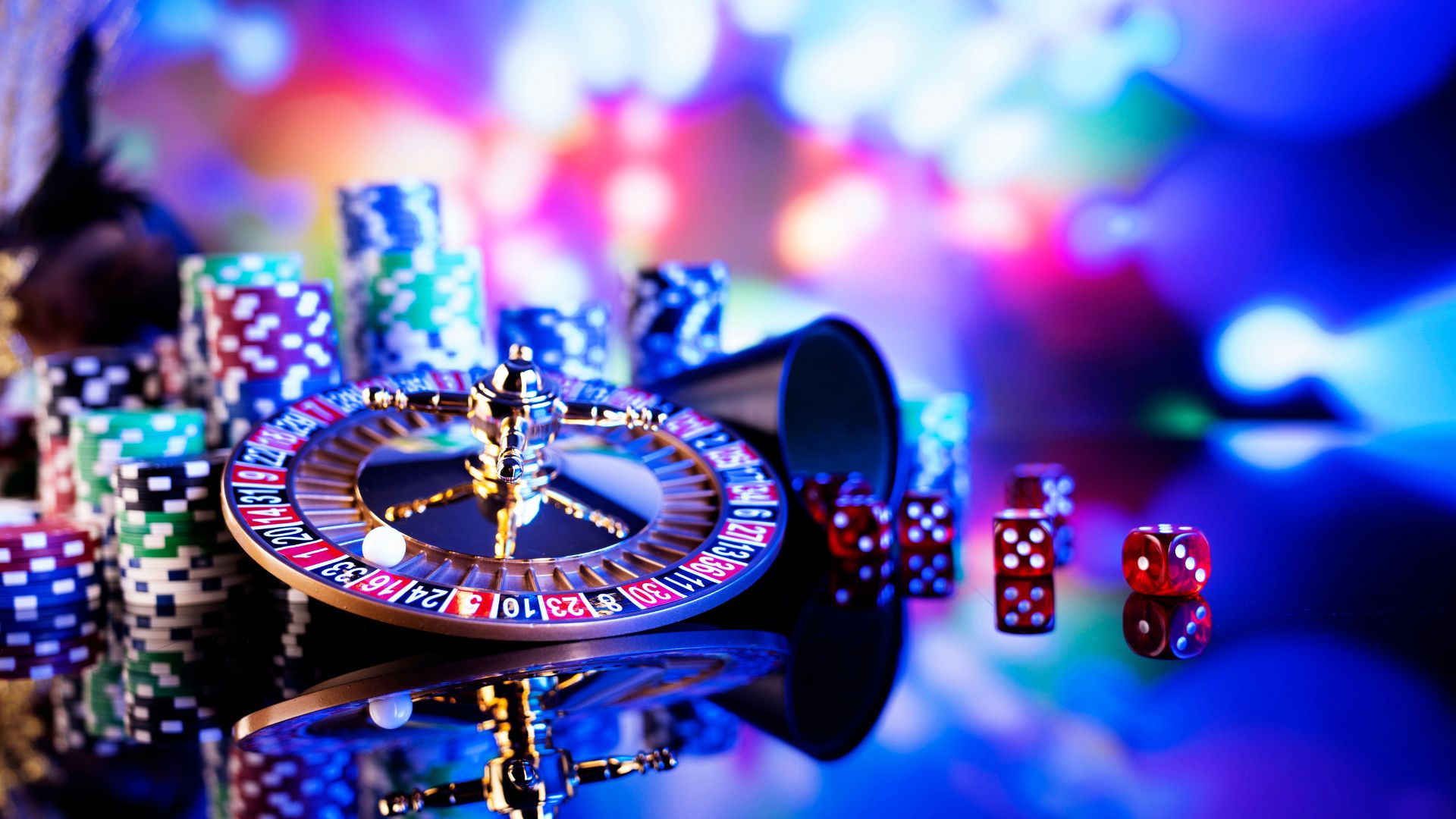
In a dynamic and exciting world of gaming establishments, where luck and tactics intertwine, hues and aesthetic play a key role in drawing in gamblers. As soon as visitors step into a casino or log into a gaming platform, they are enveloped in a sightly feast that grabs their attention and lures them to explore further. Vivid colors, captivating graphics, and innovative layouts are carefully crafted to create an environment of thrill and expectation, ultimately enhancing the gaming experience.
While players move through the dynamic landscape of casino games, they encounter a range of designs that not only serve aesthetic purposes but also influence feelings and choices. Colors like scarlet and gold symbolize riches and luck, while calm blues and emeralds can create a more tranquil environment. Grasping how these elements function together enables casinos to create an welcoming and energizing atmosphere that encourages players to interact with the games, invest more time at the tables, and boost their general enjoyment.
The Psychology of Tint in Gambling Games
Hue plays a crucial role in the creation of gaming experiences, shaping player emotions and responses. Vivid and striking colors, such as scarlet and yellow, are often used to ignite enthusiasm and capture focus. These hues create a feeling immediacy and vitality, encouraging participants to participate more enthusiastically with the experience. By thoughtfully selecting tints, designers aim to evoke emotions of pleasure and anticipation, which can enhance the overall player experience.
Distinct shades also have psychological meanings that can influence how participants perceive their chances of winning. For example, green is frequently associated with fortune and prosperity, making it a frequent choice in games like roulette and poker setups. This link can lead players to feel more hopeful and confident in their play, ultimately encouraging them to stake more. Understanding these connections allows game designers to create environments that enhance player satisfaction and loyalty.
Furthermore, the layout of gaming interfaces often uses color gradients and contrasting hues to guide player actions. For instance, successful outcomes may be highlighted with bright, contrasting shades, creating a visual cue. This technique reinforces favorable outcomes and promotes repeated participation. By utilizing color psychology, gambling establishments can design activities that not only draw participants but also keep them involved and dedicated in their play experience.
Creative Elements that Attract Gamers
The aesthetic appeal of casino games is largely influenced by the use of vibrant colors. Lively and contrasting colors are strategically chosen to create an inviting atmosphere that grabs attention. For example, reds and golden hues often signify good fortune and prosperity, which is why they are prevalent in the palettes of gaming machines and table surfaces. These colors not only attract players in, but they also evoke emotions related to excitement and expectation, enhancing the overall gaming experience.
In addition to color, the design and organization of gambling games play a significant role in captivating players. Games are designed to be user-friendly, ensuring that players can easily understand the guidelines and mechanics. Accessible interfaces, along with captivating graphics and motion, help maintain gamer interest and promote extended play sessions. Ga179 The tactile elements, such as the feel of the controls and the sounds of the games, also add to a holistic sensory experience that keeps players immersed.
In conclusion, thematic elements in gaming design can significantly influence player choice. Many casino games are inspired by popular culture, fairy tales, or exploration motifs, featuring symbols and characters that connect with players. These themes create a sense of engagement and connection, making each game feel unique. When players feel a connection to the theme, they are more likely to choose that game over others, leading to higher participation and excitement within the casino environment.
Case Studies: Notable Casino Slot Designs
One key example of effective gambling game design is the well-known slot machine series based around blockbuster movies. Games such as those based on the Wizard of Oz and Game of Thrones utilize dynamic colors and superior graphics to immerse players in familiar narratives. The application of moving visuals and engaging sound effects takes the interest of players, creating an affective connection to the theme. This tactic not only encourages longer play but also enhances the overall gaming experience, yielding increased player retention.
Another effective case is the use of the psychology of color in table games like 21 and roulette. Casinos often create these games with deep reds and greens, colors traditionally linked with luck and wealth. For instance, the emerald felt on a blackjack table provides a relaxing effect, while the crimson accents in roulette invite anticipation. This intentional use of color helps to create an inviting atmosphere that motivates players to participate, satisfying their psychological impulses and increasing their enjoyment.
Finally, social casino games that feature community features and vivid, lively designs have seen remarkable success in engaging players. Games like Zynga’s Poker and Slot-O-Mania leverage bright colors and playful animations to establish an inviting online environment. The integration of leaderboards, social sharing options, and in-game rewards fosters competition and community, attracting players in for longer sessions. Such designs not only make the games visually attractive but also underscore social connectivity, a crucial factor in player retention and engagement within digital casino environments.
